Fruit trees are hard for us to see as a source of wood. We see them primarily as a source for jams, marmalades, juices and compotes. And when we think of plum, I'm sure our first thought goes to linseed. But fruit trees have a productive lifespan of 15-30 years, after which the amount of fruit decreases from year to year and the branches begin to dry out. In orchards, trees that are beginning to dry out are cut down and replaced with young trees capable of bearing rich fruit.
The other day I saw a plum wood bowl and was impressed by the multitude of colors. In the abundance of shades I could distinguish pink, purple, bright red, green. The unique colors make plum wood highly appreciated by connoisseurs. Being in small quantities, however, it cannot be used on an industrial scale and is therefore less well known. Now is a good time to find out more about it.
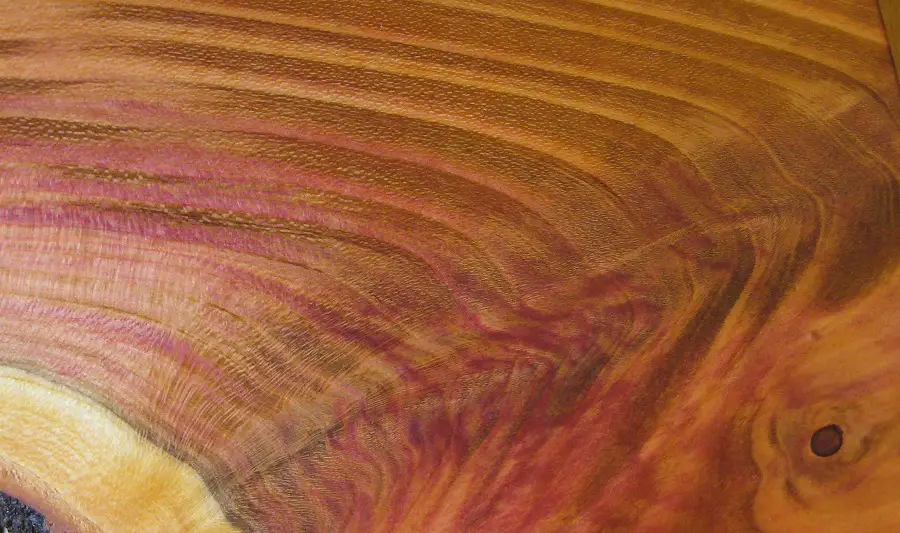
Plum
PEuropean plum (Prunus domestica) is one of the most widespread fruit tree species in south central and eastern Europe. Thanks to its fruit, it has been cultivated since Greek and Roman times, with the latter spreading the plum throughout Europe. Prunus subspecies are found all over the world, with more than 400 known. In Europe, Romania is the largest plum-growing country.
The plum is grown in gardens and orchards in hilly and mountainous areas. It also grows wild near woodland, in which case the fruit is smaller and the branches more prickly. It prefers fertile, slightly acid or neutral, loamy soils. Thrives well in sun, sheltered from wind and frost.
The trunk can reach 8-12 m in height, rarely 15 m, 3-4 m in diameter. The bark is dark brown and wrinkled as it ages. The branches are straight and branched in the crown. White flowers, in groups of 2-3, appear before the leaves, oval and slightly toothed. The fruits - plums - are smooth, round or elongated, red, purple, yellow or green, depending on the variety, each fruit with a hard, flat stone.
More than 10 years ago, many orchards in Europe were hit by plum pox virus (plum pox virus), a disease that cannot be treated. Many plums were cut down and orchards replanted. This was the time when there was more plum wood on the market and its qualities were better known, studied and appreciated.

Characteristics of plum wood
In cross section the sapwood is very well demarcated from the heartwood. The sapwood has a light cream-yellowish color and the heartwood is brown with pink, orange, violet, red, olive or gray colored stripes. The fiber is fine, resembling cherry woodwith a slight natural sheen. Sometimes defects such as twisted or irregular fibers appear.
The annual rings are very well demarcated and of varying thicknesses, highly visible due to the agglomeration of pores in the earlywood zone. The pores are small, fine, round, numerous and sometimes diagonally arranged. Occasional deposits of minerals and gums are found in the pores.
The average density of dry wood varies between 0.705 and 0.795 kg/m³, depending on the variety and origin. Average total longitudinal shrinkage is 0.3 %, average total radial shrinkage is 4.8 %, average total tangential shrinkage is 7.5 % and average total volumetric shrinkage is 12.1 %.
Wood is at risk of cracking at drying. It should not be dried quickly at high temperatures and the fiber ends should be insulated with paraffin during drying. It is easily worked by hand or with specific tools and can be turned. It gives off a slight pumpkin odor during processing. Can be glued and finished without problems. When finished with clear varnish the natural luster of the fiber is brought out. It is not resistant to rotting and insect attack and is therefore not recommended for outdoor use.
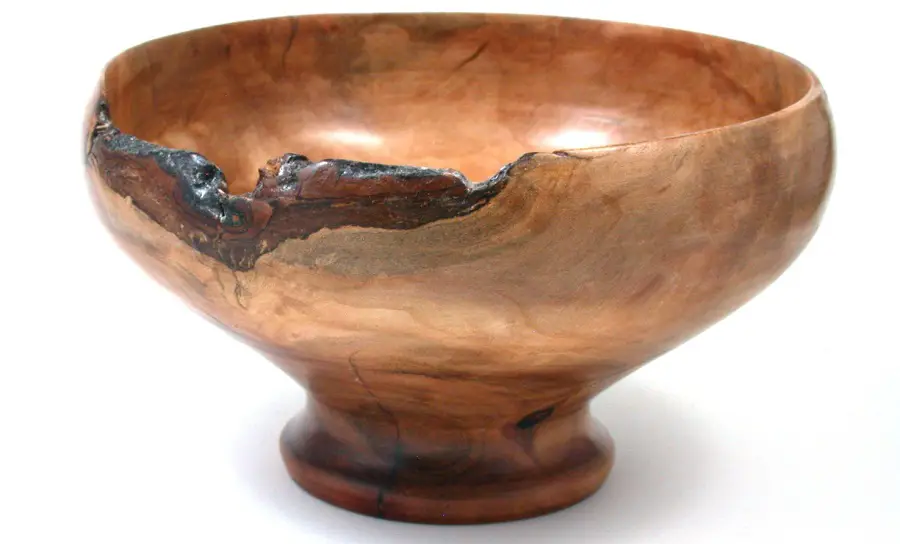
Uses
As already mentioned, plum wood is not used industrially. The small size of the timber and the small quantity on the market do not allow large-scale use. However, it is highly prized by passionate carpenters who know how to enhance its beauty.
It is used to make blowing tools, knife handles and kitchen tools, jewelry, gift and tea boxes, turned bowls and carved objects, small furniture and wooden jewelry. It is often used for inlay and inlay work.
Plum wood is also used to make small barrels for ageing plum brandy and plum brandy. It is considered that such a brandy achieves the balance and taste effect. Casks are expensive and hard to find.
Plum wood burns well and has a higher calorific value than beech. It is used to make a special charcoal for blacksmiths. It is also used for smoking meat. But be careful, because too intense a taste can become unpleasant.
I hope the above information is helpful. If you know anything else about plum wood or have worked with it, share your experience with us. Leave your impressions below in the dedicated space. They will be much appreciated, I assure you.





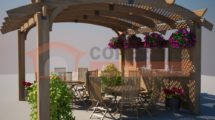









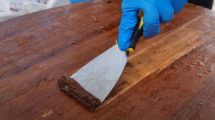

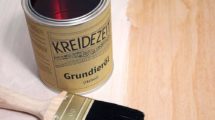


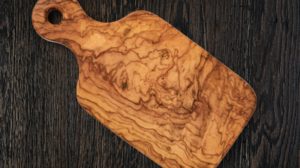
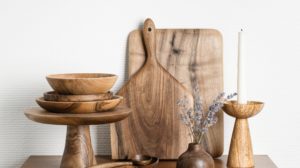
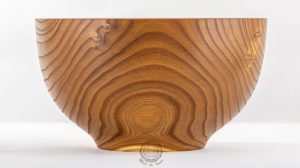
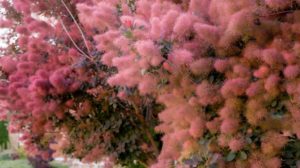

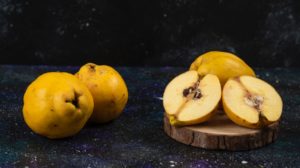




Add comment